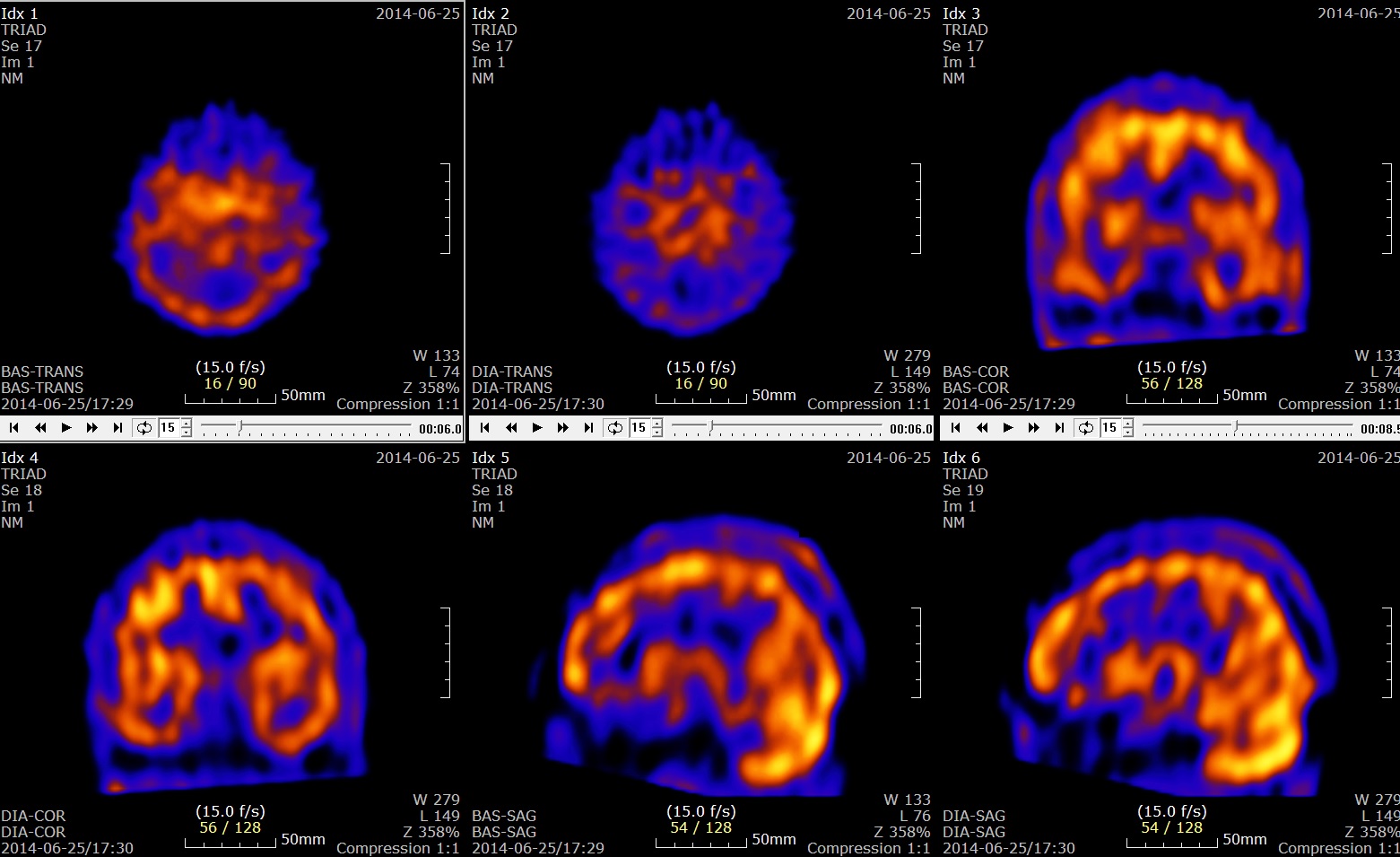The Persuasive Power of the Brain

This Is What Your Brain Does When You Worry About Cash.
Problem Solving Buffers The Brain Against Anxiety.
Exercise May Enhance The Effects Of Brain Training.
News headlines such as these are abundant. Neuroscience, the study of the human brain and nervous system, has become a popular tool in mainstream media to explain human behavior in economics, sports, and politics. The public’s fascination with the brain could have a significant impact on how jurors perceive and process evidence. And research suggests that people tend believe scientific reasoning is more credible when it is supported by neuroscience, even if the neuroscience is inaccurate or irrelevant.
Weisberg et al. tested this hypothesis by providing descriptions of psychological phenomena to laypeople. The researchers then provided them with an explanation of how the psychological phenomenon occurs. Some participants received “good” (or accurate) explanations, while others received “bad” explanations. Additionally, some explanations were accompanied by neuroscientific information, while others were not. Notably, the neuroscientific information provided to participants was completely irrelevant to the explanation of psychological phenomena.
It’s best to use an example from the study. There is a psychological phenomenon called the “curse of knowledge.” When you suffer from the curse of the knowledge, you assume that other people know things that you know. For example, if a person knows that Hartford is the capital of Connecticut, they are going to inaccurately believe that other people likely know this information too. So, with that description of the phenomena, the study participants would then be provided with a “good” and “bad” explanation, as set forth below.

Unsurprisingly, participants judged good explanations more favorably than bad. However, when irrelevant neuroscientific information was provided, laypeople were induced to assess the bad explanations much more positively.
Similarly, another study showed that when lay participants were presented with brain imaging, as opposed to graphs or topographical maps of the brain, they valued the scientific reasoning more favorably.
Neuroscience is a powerful tool in criminal law and personal injury litigation. The above studies demonstrate the potential for arguments that invoke neuroscience to sway jurors, who may find such appeals persuasive, even if the information presented is inaccurate or irrelevant. Thus, it is important for attorneys to be able to spot, understand, and effectively oppose the misuse of neuroscience. To that end, the MRJ Brain Injury Team has developed a number of resources (including, most recently, an overview of neuroimaging techniques and a primer on diffuse axonal injury claims) which draw from the team’s more than 20 years of experience in the field.
MRJ clerk Andrew Lehmkuhl contributed to this post. Top image by U2em, CC BY-SA 3.0. Table from "The Seductive Allure of Neuroscience Explanations" by Deena S. Weisberg et al., 20 Journal of Cognitive Neuroscience 470 (2009).